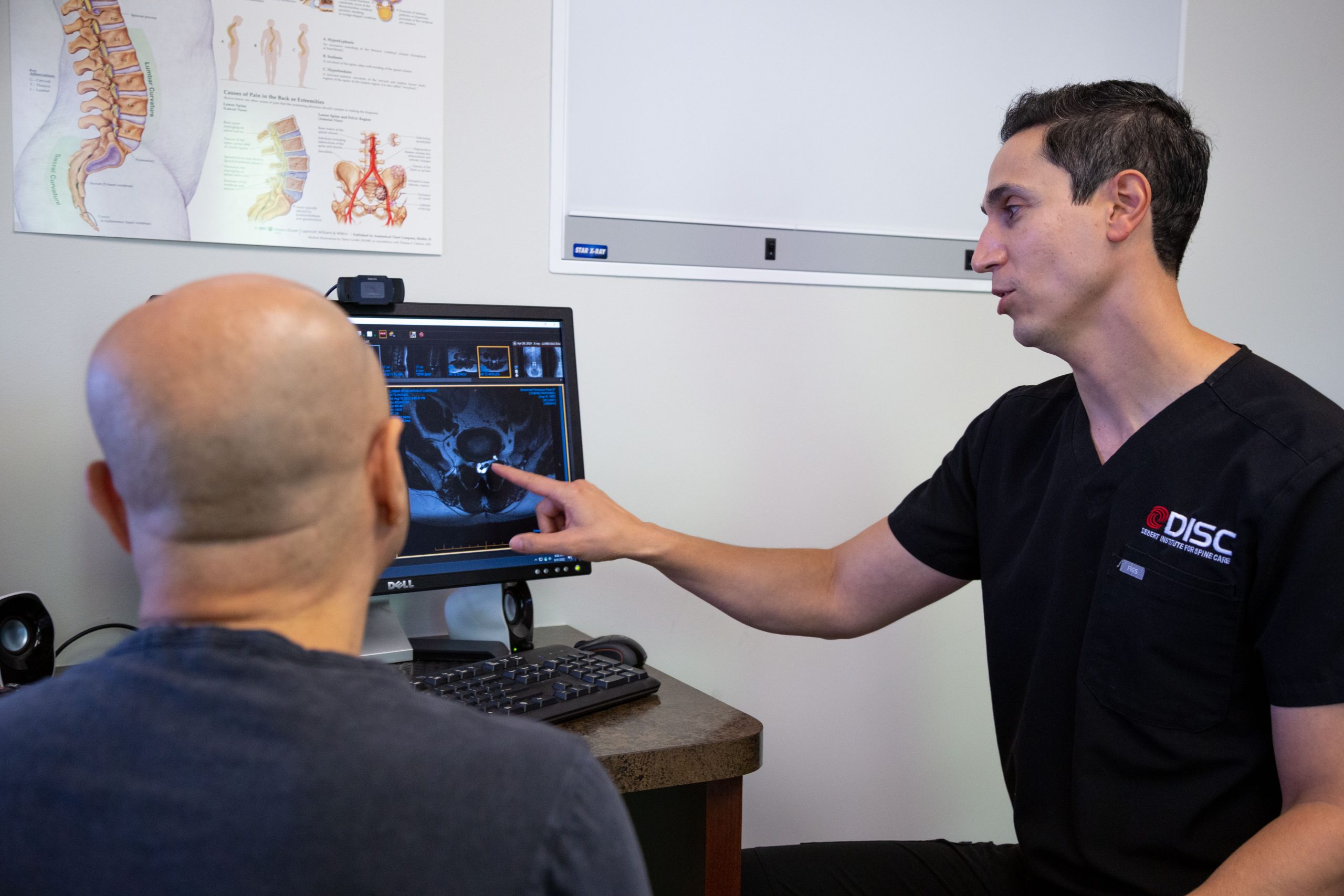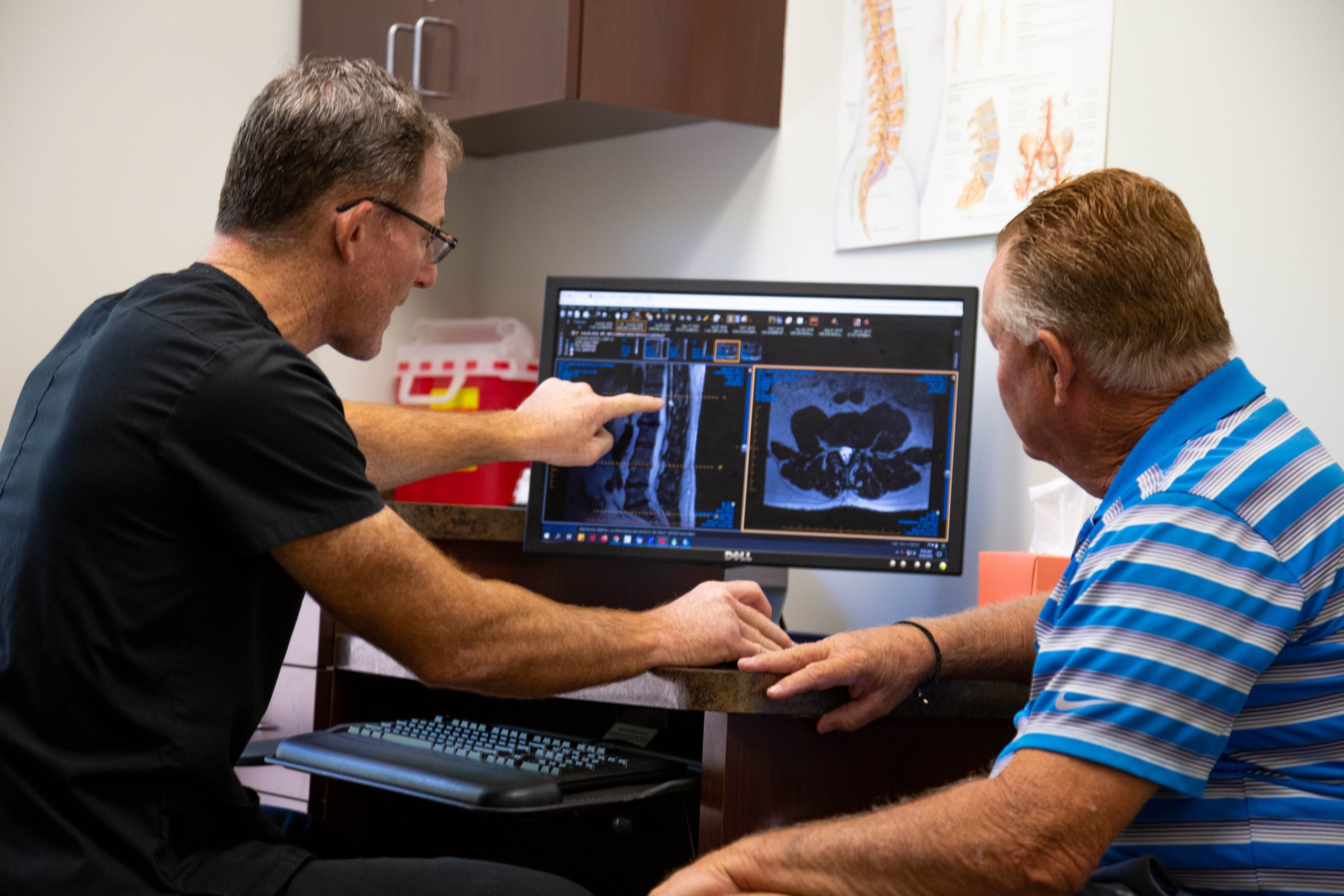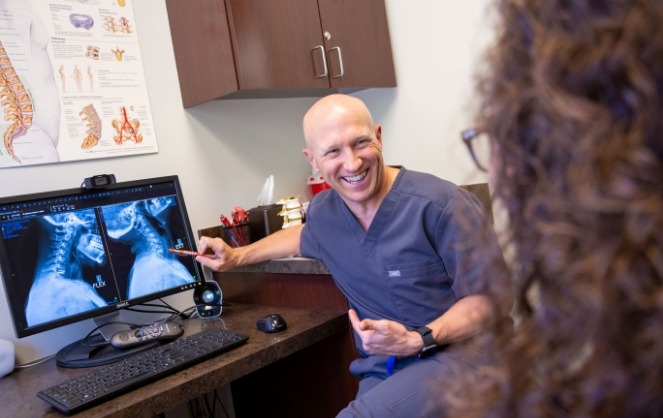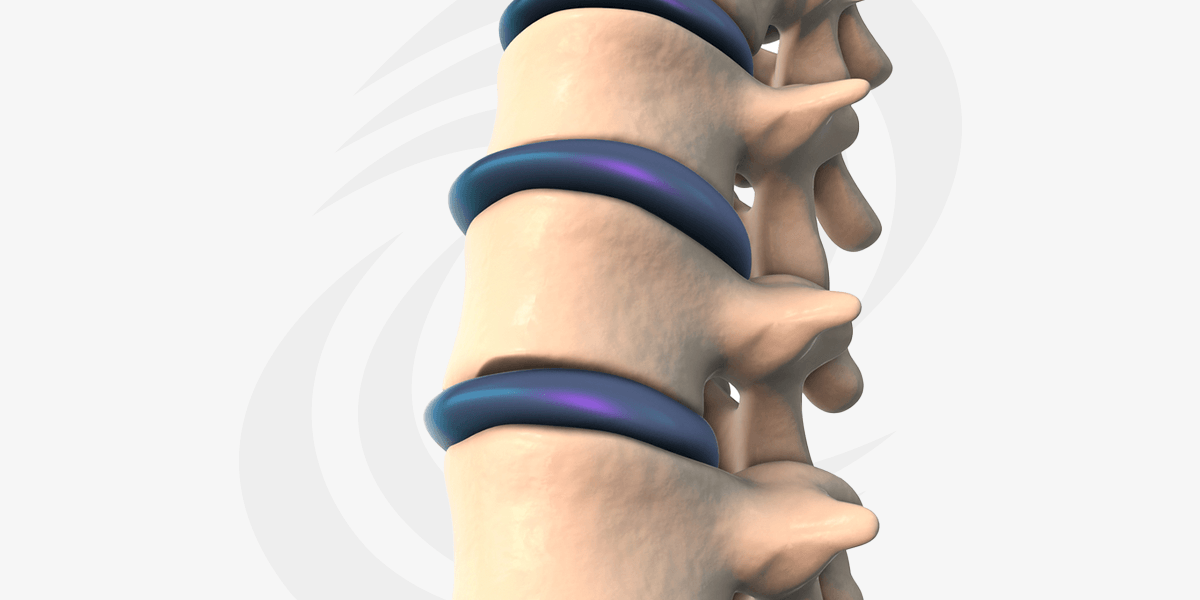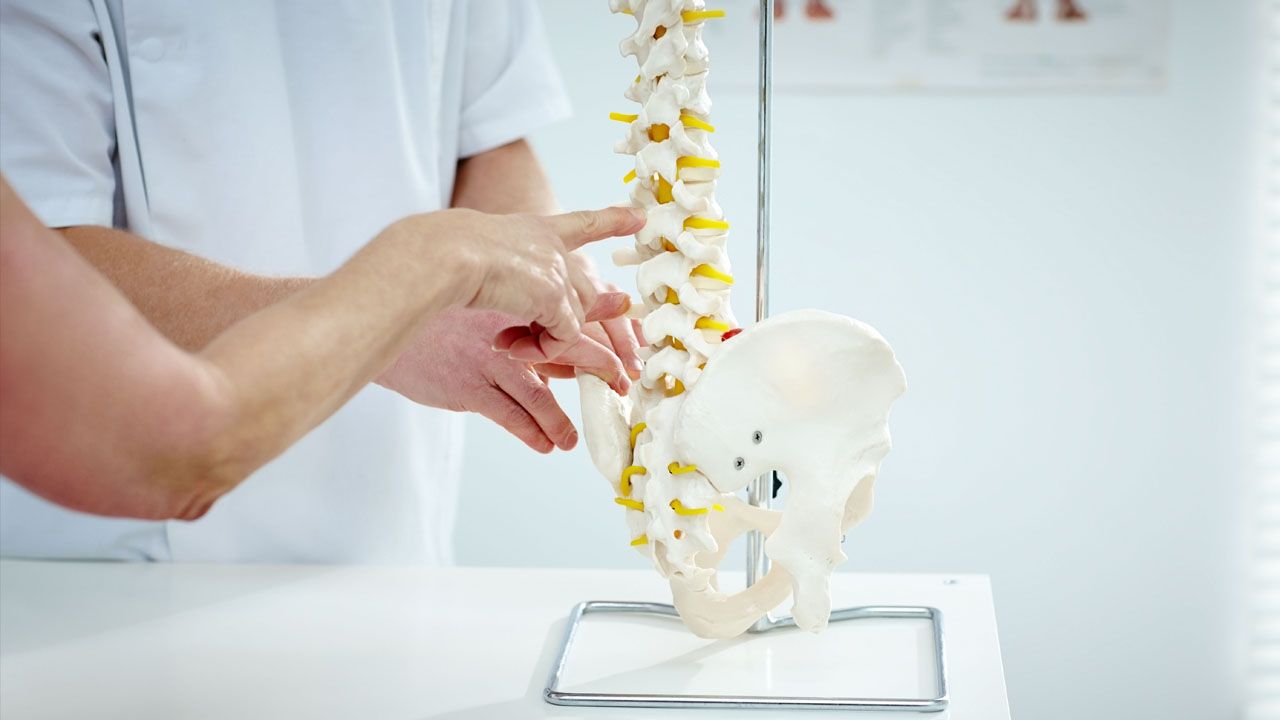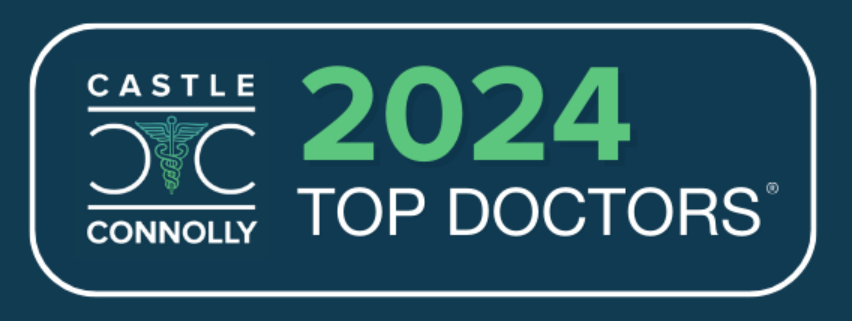How is the Spinal Cord Stimulation Procedure Performed?
The first step in spinal cord stimulation is a trial period, during which a temporary electrode or leads are placed near the spinal cord’s targeted area. This is typically done through a minimally invasive procedure, often under local anesthesia. The leads are connected to an external generator, which the patient can control to adjust the level of stimulation. This trial phase allows individuals to assess the effectiveness of spinal cord stimulation in managing their pain before moving forward with a permanent implant.
For those who experience significant pain relief during the trial, a permanent implantation procedure may be recommended. This involves placing a small generator device under the skin, typically in the abdominal or buttock region. The leads are then implanted near the spinal cord, and the generator is connected to the leads. Once implanted, the device can be programmed and adjusted by a healthcare professional to provide customized pain management.
